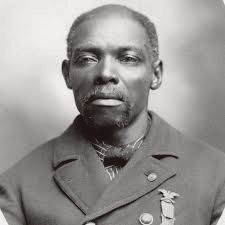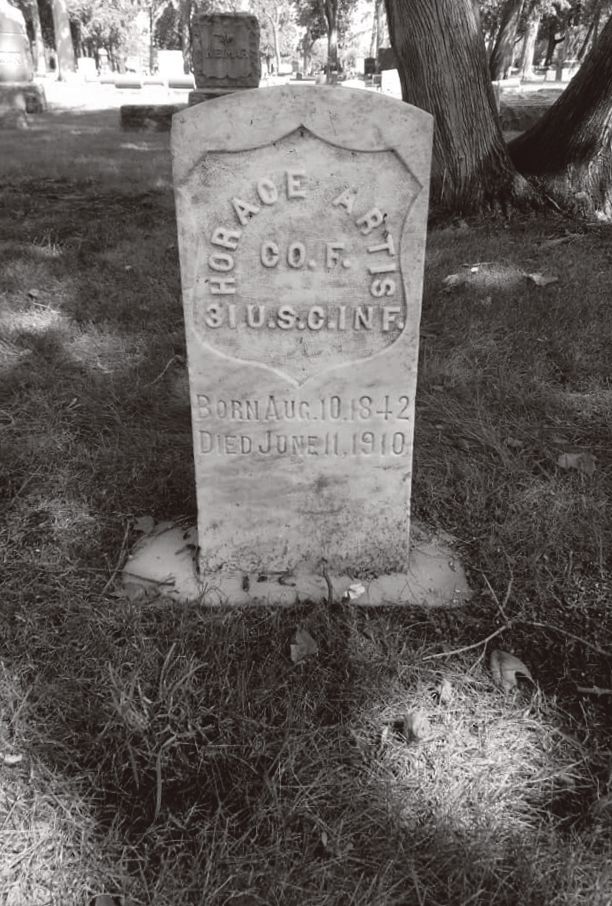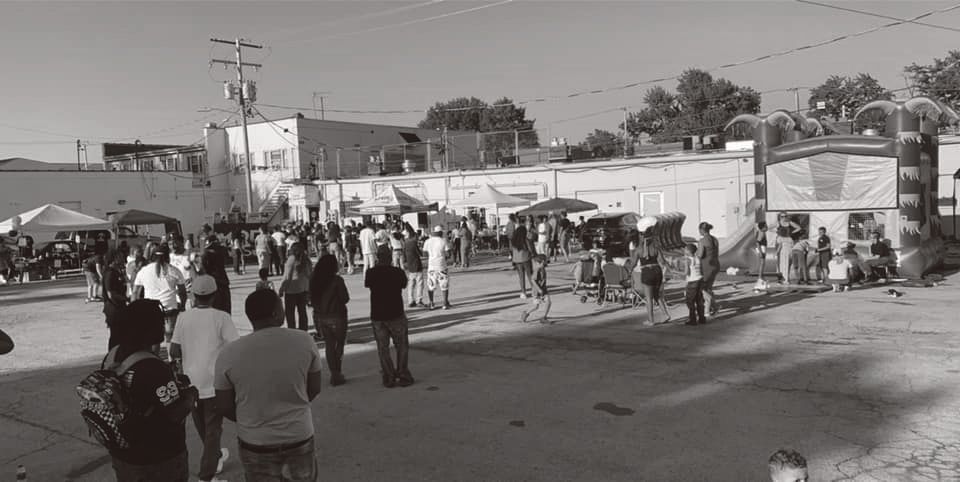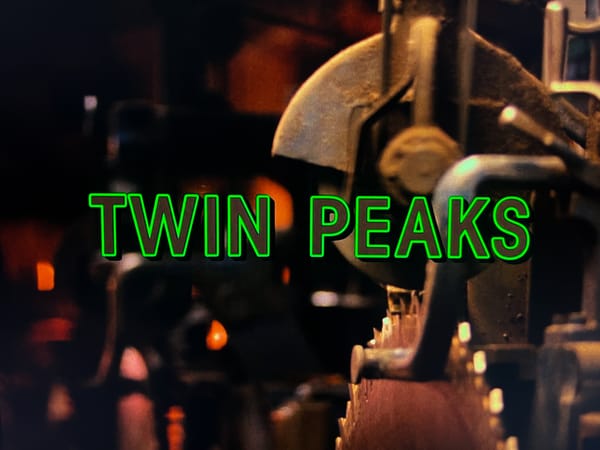Appleton's Juneteenth Background & Biographies
by Kristen Gondek
Did you know Appleton has a direct connection to the original Juneteenth? Horace and Bercina Artis, two of Appleton’s first black residents, moved to Appleton after the Civil War.
Horace was a courageous Civil War Veteran, serving in Co. F. 31st Regiment of the U.S.C. Inf. (United States Colored Troops) and was present at Gen. Robert E. Lee’s surrender in April 1865. Later that same year, Horace Artis was among the black soldiers who went to Texas with General Grainger to free the last slaves in Galveston, Texas on June 19, 1865—the event we now commemorate and celebrate as Juneteenth.



Born into slavery in Virginia, Horace went on to marry Bercina Corbin. Together, they escaped around 1862 and made their way to Washington, D.C. Horace soon enlisted as a private.
Horace and Bercina’s son William was born in D.C. Soon, the family made their way to the Town of Bovina in Outagamie County, Wisconsin. In 1880, Horace and Bercina were living in Appleton with their children. They lived with their only surviving daughter, Nettie Artis, in 1900 and were laid to rest at The Riverside Cemetery alongside their family.
Call the History Museum at the Castle to learn more. Ask to see the “Stone of Hope,” a traveling exhibit, available through the Museum.
Sources: (facebook.com/myhistorymuseum/ (see April 3-9, 2015), Veterans’ Grave Registration, & 1870 Census
My story (Kristen Gondek):
Growing up in Kaukauna as a person of color was not an easy upbringing. Although I was also born in the Fox Valley area like most others, it seemed I couldn’t be more different than my peers. Naturally I turned to art as a creative outlet to express myself in one of the only ways I knew how... Finding my voice in art through singing, sculpting, dancing, and playing violin became what made me feel excepted in my early years.
During High School I found it especially difficult to find places where I felt accepted, which is seemingly a hard task for most teenagers in any community. My experiences by this time I knew were very different because of the golden brown tone to my skins complexion, and the reactions to it that had made me feel isolated from my classmates, and from my own cultural background as well. After setting out to visit the local museums to learn and celebrate my culture, I was left with an empty feeling as if it was missing or misrepresented. Unfortunately my first visit to each museum was usually my last.
Years later, I had the realization that the creative outlets I was active in locally lacked the diversity I was searching for as well. If only at my most vulnerable time [2004-2008], the local arts community set their hearts on making it a welcoming environment for people of color to represent and celebrate all cultures instead of just the one majority.
Where there is forward to the future I wish to see a colorful variety of ethnic backgrounds rich in culture, being symbolized in our community through local art platforms. The youth in our community deserve to feel accepted, represented, and celebrated.
David Benson:
David Benson of Appleton recalls growing up centrally located in a metro area, “Originally I am from the inner city of Milwaukee. Early on in life I found myself traveling down the wrong path with no guidance or role models to deter me from my own self destruction,” he utters in regret. “I saw the inside of juvenile detention centers throughout the entire Milwaukee county area and took so much from my community without any regard for others.” This is what we commonly see when looking at black youth growing up with no positive influences to help shape their upbringings. With no help from a judicial system that cares only about the words, innocent or guilty, without allocating appropriate actions to help correct that young man, or woman at the source of the problem. When learning of David’s past it seems all to usual to hear about another black teen being targeted and thrown into the revolving door that we know to be our country’s court system. It leaves the unanswered question of,” What if?” If David’s first occurrence with law enforcement was followed up with resources to help him maneuver through his issues, instead of only being punished by the state, he may not have ended up spending a 6 1⁄2 year sentence later down the road. When the importance of Juneteenth was spoken on, David added how this day gives him passion to continue to fight for equality, and stand with others helping to assist the progression of black youth in our communities. “Before I was a ‘product of the system’ I was a young black man” He explains, “...and after finishing the time I served, and completing the tasks the state has assigned to me I will still be a black man fighting for equality.”






